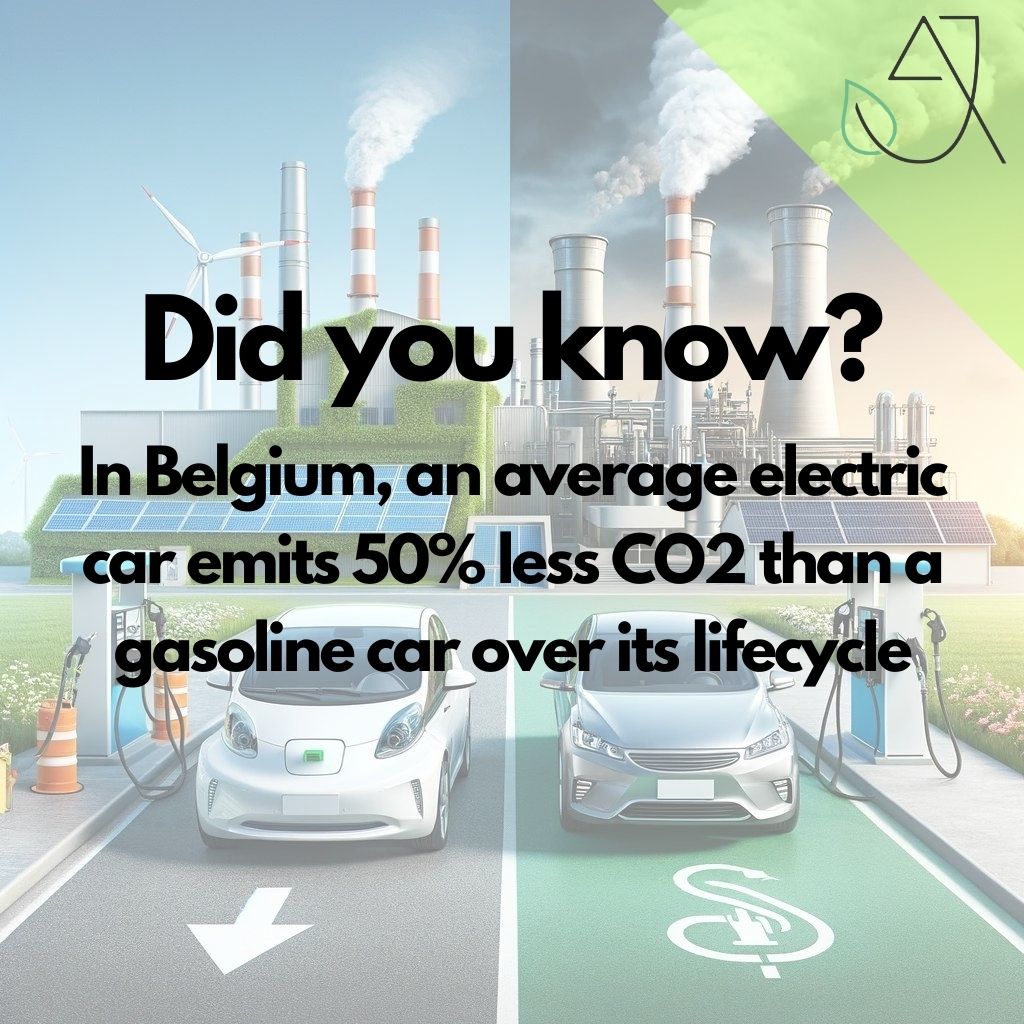GHG Protocol: your framework for carbon strategy
GHG Protocol: the essential framework for measuring and reducing carbon emissions
The GHG Protocol is the world’s most widely used standard for greenhouse gas accounting. Developed by the World Resources Institute (WRI) and the World Business Council for Sustainable Development (WBCSD), it provides companies, governments and organizations with a consistent framework to measure and manage their carbon footprint.
What is the GHG Protocol?
The GHG Protocol defines how organizations should:
-
Measure greenhouse gas emissions.
-
Categorize them into three scopes.
-
Report consistently to regulators, investors and stakeholders.
It is the global benchmark for climate reporting, ensuring companies align with international regulations such as the Corporate Sustainability Reporting Directive (CSRD) in Europe and the IFRS Sustainability Disclosure Standards worldwide.
The 3 scopes of emissions explained
➜ Scope 1 – Direct emissions
Emissions directly from company activities.
Examples: combustion in company vehicles, boilers, on-site manufacturing.
➜ Scope 2 – Indirect energy emissions
Emissions from purchased energy.
Examples: electricity, heating, steam used in offices or plants.
➜ Scope 3 – Value chain emissions
All other indirect emissions.
Examples: supplier activities, business travel, product use by customers, end-of-life disposal.
For most companies, Scope 3 makes up more than 70% of their total carbon footprint (CDP, 2022).
Why is the GHG Protocol essential?
-
Credibility – Trusted worldwide by regulators, investors and NGOs.
-
Clarity – Pinpoints where emissions occur and how to reduce them.
-
Alignment – Provides a foundation for Science-Based Targets (SBTi) and compliance with CSRD requirements.
By applying the GHG Protocol, organizations transform climate commitments into measurable, science-based carbon strategies.
Act Justly: turning standards into action
At Act Justly, we guide companies to:
-
Conduct tailored carbon footprint assessments across Scopes 1, 2 and 3.
-
Align with SBTi pathways and CSRD compliance.
-
Deliver educational training to empower internal teams.
-
Build a long-term carbon reduction strategy that drives impact and business value.
Ready to take action?
The GHG Protocol is more than a reporting tool, it is the foundation of a resilient carbon strategy.
Contact AJ Act Justly to discover how we can support your journey towards measurable carbon reduction and regulatory compliance.
Sources
-
World Resources Institute (WRI) & World Business Council for Sustainable Development (WBCSD), GHG Protocol Standards.
-
CDP (2022), Global Supply Chain Report.
-
CDP (2023), Corporate Environmental Disclosure Statistics.
-
European Commission, Corporate Sustainability Reporting Directive (CSRD).
-
Science Based Targets initiative (SBTi), Corporate Net-Zero Standard.



